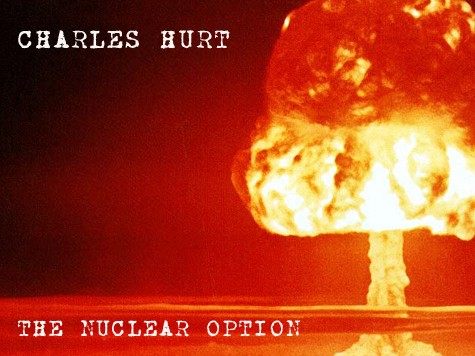Perched on high bluffs above the Virginia banks of the Potomac River and overlooking the sprawling federal city of Washington, Arlington House for more than 150 years has been a tortured and conflicted spot.
It is the anchor of a national cemetery that inspires enormous pride in Americans from everywhere. Yet it is a painful reminder of the unendurable suffering of our great-grandparents during the Civil War.
It was a treasured and beloved home to the Custis and Lee families. For some of them, it was the only home they had ever known. But they were forced to abandon it forever.
It was built as a monument to George Washington and the improbable nation he helped found. Yet it became the focal point of a fierce struggle that threatened to tear that nation apart.
Today, Arlington House stands as a monument to one of America’s greatest generals. But walking through the tattered home and around the shabby grounds, visitors cannot help but get the feeling that the ushers and guides who work there for the National Park Service are a little embarrassed to be heralding Confederate Gen. Robert E. Lee.
All of this sadness and loss and strife ping from the darkness of our minds every time we catch a glimpse of the great columned portico atop the distant hill while crossing a busy city street or zipping past the house on a modern highway. Those pings ring loudest when you get a surprising glimpse from a different vantage point.
Jonathan Horn, a speechwriter for President George W. Bush, takes those pings from the past and marshals them into a splendid symphony of local Potomac history in his book The Man Who Would Not Be Washington: Robert E. Lee’s Civil War and His Decision That Changed American History, published this month by Scribner.
The book takes a subject that most students of American history already know, gracefully winds it together with meticulous research (89 pages of notations) and produces a vivid story of heartache, stoicism, loneliness, anger, and loss. The story always comes back to that. The losses. Lost lives, lost time, lost land, lost treasure. Insurmountable loss.
The story Mr. Horn tells about the descendants of Mount Vernon dances along like a novel. The moment when hearts — along with a nation — are cleaved comes on the night of April 19, 1861, when a boy at Arlington House spots Lee outside “pacing up and down among the trees.” The great officer was torn between the Union that George Washington had devoted his life to establish and the land, slaves, and very sword George Washington had bequeathed.
Both men — first Washington and then Lee — resigned their military commands at epic turning points in American history. One did so to create the Union. The other to dissolve it. One succeeded. The other failed.
Because of his copious research and detailed reporting, Mr. Horn successfully avoids the usual anti-South propaganda we always get from the North or the blindly loyal hagiography we sometimes hear from the South. Only once or twice near the end of the book does Mr. Horn take the liberty to cast unnecessary judgment that Southern partisans might quarrel about.
Left undisputable by Mr. Horn’s book is that no memorial in the constellation of federal parks bears more painful scars than Arlington House. That is little surprise, considering the vindictiveness and trenchant hatred that inspired government officials to begin burying the federal dead in the front yard of General Lee’s beloved home.
Charles Hurt can be reached at charleshurt@live.com, and on Twitter at @charleshurt.

COMMENTS
Please let us know if you're having issues with commenting.